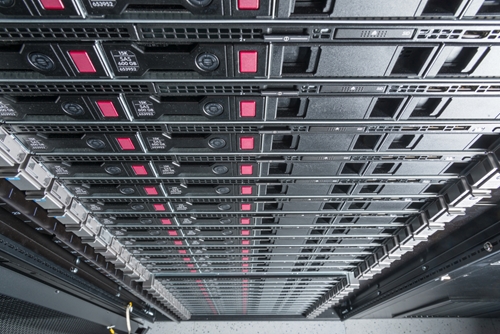Of all the software-defined technologies that may revolutionize cloud infrastructure in data centers, software-defined storage may have the most promise and the greatest feasibility. Since SDS separates the programming management of a storage appliance from the hardware, it provides IT technicians with improved flexibility in provisioning applications and scaling storage as workloads evolve.
Going forward, SDS will be an essential component in data-intensive projects. Data centers managers can utilize its versatility in prioritizing data needs, sometimes automatically, and manage storage in relation to applications rather than hardware. With software providing most of the storage muscle, enterprises can build cloud systems using a combination of commodity hardware and open software rather than pricier proprietary appliances
Gartner sees software-defined storage, open standards hardware as major trends
Gartner recently published a list of the major trends in infrastructure and operations among Indian companies. Although geographically specific, the report highlights some of the key changes that are reshaping corporate cloud implementations, including SDS, the Open Compute Project and hybrid cloud services.
Looking at SDS, Gartner’s researchers observed that the rapidly rising amount of data that each enterprise handles is primarily an issue of storage prioritization rather than capacity.
“Software-defined storage is the logical next step of the software defined data center,” the report stated. “By employing SDS, organizations are able to separate and abstract storage elements, as well as combine storage elements and capabilities providing storage solutions/services. They also have the potential to enable heterogeneous storage resources to create virtual pools of resources based on application requirements rather than the physical storage characteristics.”
Alongside SDS, companies are exploring the Open Compute Project as another means of improving flexibility and creating highly interoperable software-hardware combinations. OCP computers are more efficient in power usage and floor space consumption, making them increasingly attractive to enterprises that want to design custom devices and connect them to a variety of appliances and software.
How successful will SDS be with today’s hardware?
In a piece for Enterprise Storage Forum, Henry Newman compared the development of SDS and software-defined networks. Although SDNs were one of the key trends that Gartner identified in its list, they have not entered the mainstream with the same speed as equivalent storage technologies.
The primary reason for the disparity may be that SDS implementations have long utilized commodity hardware, whereas networking solutions are only now getting access to standards like PCIe 3.0. RAID controllers are a prominent example of the inexpensive equipment that has fueled the evolution of SDS. Software-defined storage technologies have also outpaced their counterparts in networking due to differences in how each one responds to latency and bandwidth constraints. More specifically, latency impacts storage less so than networks, making it possible to create SDS implementations with standard components.
“High-end storage performance can easily fit cost effectively into today’s commodity hardware footprint, even with [solid-state drives],” argued Newman.
Nexenta provides software-defined alternative to proprietary stacks
It may be some time before SDNS catch up with SDS. Writing for ITPro, Jane McCallion examined the case of Nexenta, a member of the Seagate Cloud Builder Alliance that specializes in SDS. Nexenta CEO Tarkan Maner posited that SDN technology was not ready for the mainstream yet, but that new storage solutions would be needed to keep up with trends like mobilization, cloud computing services and networked appliances.
“These are all major trends and they all create more and more data – data which needs to be stored and likely analyzed as part of a big data strategy,” stated Maner. “It is impossible to manage this with traditional vendors who lock you into a certain stack, which creates more and more opportunity for the software-defined data center. The storage segment of is underserved by mainly inflexible and expensive vendors, which is why I decided to invest in Nexenta, which is a true alternative.”







